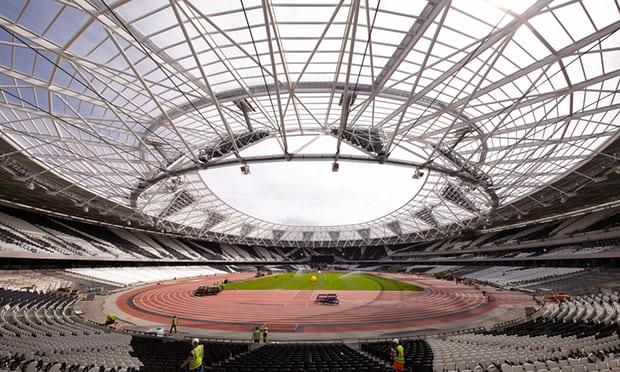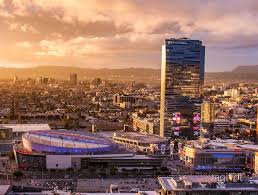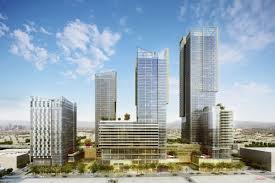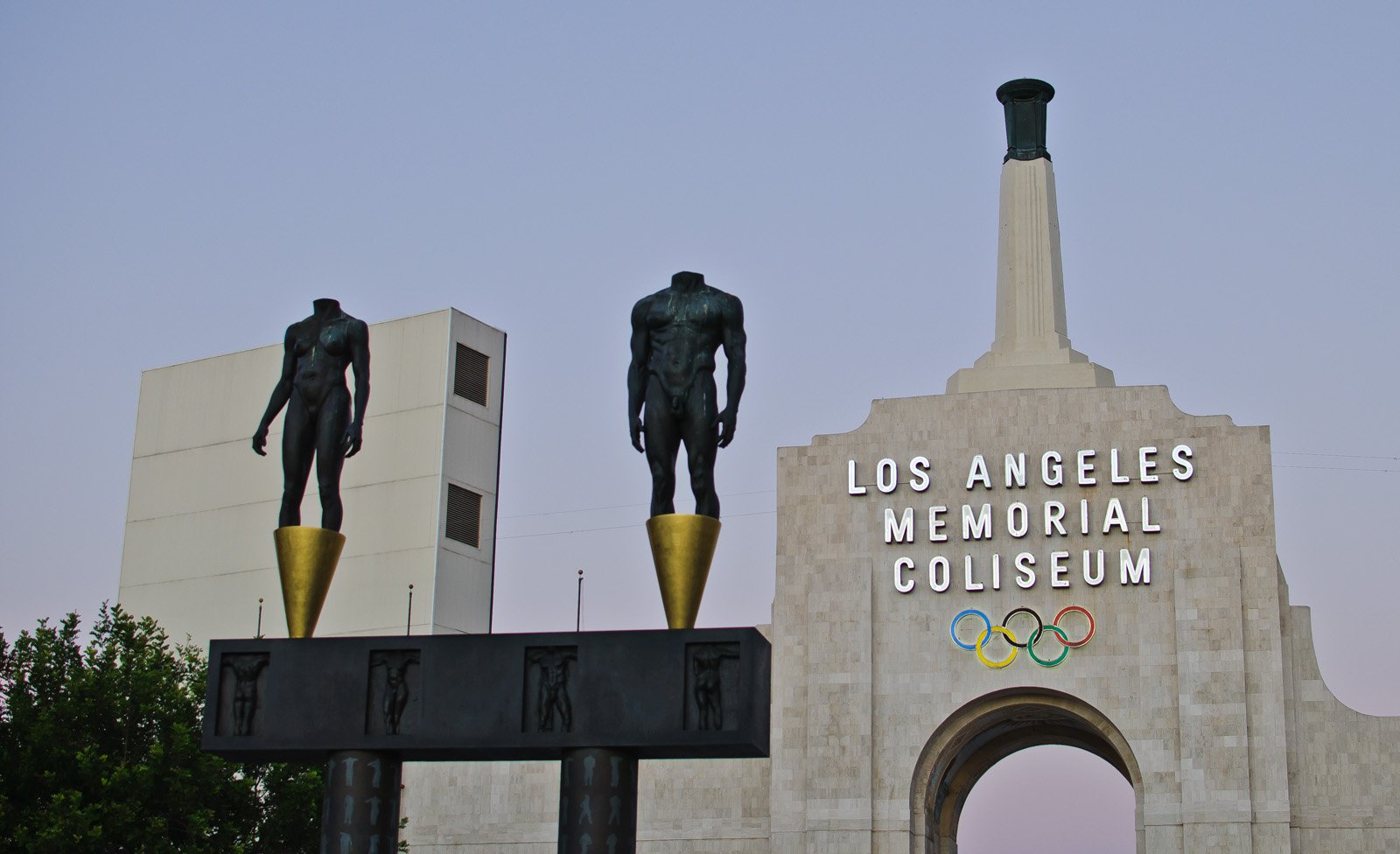With the IOC recently coming to agreement with Paris and Los Angeles to host the 2024 and 2028 Summer Olympic Games respectively, the earnest work begins for each city to deliver on its promises. As both cities have the experience of hosting large sprawling city events almost annually – this will be each city’s third time hosting the Olympics, Paris (1900, 1924, 2024) and Los Angeles (1932, 1984, 2028) – they have the potential to represent the image of Olympic success from an urban planning and real estate (re)-development perspective.
The bid for each city received high praise from the IOC based on their presentation of currently having the needed real estate assets to support the extravaganza of the Olympics without having to invest major capital into developing sports venues, housing, retail centers, and hospitality assets. From this understanding, the public and private real estate successes and failures of recent host cities London and Rio de Janeiro will be considered versus the prospects of Los Angeles hosting in 2028.
Prior to considering the implications for Los Angeles, the results from both London (2012) and Rio de Janeiro (2016) must be considered. Both cities represent the proverbial good and ugly of real estate development spawned from hosting the Olympic Summer Games. London reflects the success side of the coin. London winning, and maintaining a gold medal for their real estate development efforts are:
- Improvement of urban infrastructure
- Consumption of additional residential supply
- Investment from international real estate corporations

As the world becomes more connected electronically, cities like London have looked for solutions to transform their infrastructure to allow for more efficient movement and transfer of people. With the Summer Olympic Games in 2012, London embarked on the task of improving the transport of people to the underutilized real estate of east London through the investment of £9 Billion. This capital allowed for the area known as Stratford to be the second most connected part of London to King’s Cross. All of this resulted in connecting the east part of London with the Jubilee Line, Central Line, and the DLR to lead regeneration efforts through infrastructure improvement. All of this investment has allowed for the public to take advantage of lasting developments like the 560 acres of Queen Elizabeth Olympic Park. Since it’s reopening in 2013, a year after the close of the games, the London Legacy Development Corporation (LLDC) stated that the park received 4 million visitors in 2015 with the intention of developing the space for better public usage.
Along with buildings to view the sports of a Summer Olympics, residential supply must be provided to house the Olympians. London unlike any other recent location has been an undoubted success in the consumption of this added residential supply by making the re-developed area into a great place to live and work. Most relevant to the area’s success stems from the developers taking an urban planning perspective, and thinking about the community before accommodations. Matt Leitch, Director of CBRE Canary Wharf, maintains that the Stratford area of London represents a success story post-Olympics because “there are no examples of developers coming in and throwing up flats without thinking about life and living as a first concern.”

Finally, investment from international real estate corporations remains an essential necessity. However, with London’s status as a Gateway market, being able to parse the influence of the Olympic games from foreign investors purely looking to park their funds in low risk real estate assets is difficult. When one considers that sovereign wealth funds like ADIA (Abu Dhabi Investment Authority) and CIC (Chinese Investment Corporation) would invest in London properties regardless, the answer to what influenced the movement of funds remains unclear and truly clouded.

Rio de Janeiro represented all that becomes wrong in hosting the Olympics from a real estate perspective. Not only is the country still paying for the development of added real estate supply in the needed asset classes, but also the citizens have not received the benefits of improved infrastructure, and investment from international players. As with London, the status of the Rio real estate market as tertiary from foreign investors may have more influence on the consumption of supply. However, the public in London did participate in the purchasing of residential units vacated by Olympians residing in the Olympic Village. This has not been apparent in Rio, and leads as an indicator to the post Olympic failure.
With these factors of urban infrastructure improvement, real estate supply consumption, and international real estate investment, Los Angeles can look to achieving success in its future endeavor. Considering the aforementioned, the current demand drivers of space in Los Angeles will have influence on the city’s decisions. Since the mid-20th century, Los Angeles has been a sprawling metro decentralized from its downtown area leading the importance of individual travel by automobile. Recently, downtown LA has undergone a renaissance which has seen the redevelopment of dilapidated supply across all major assets, improving transportation infrastructure, and to be added athletic stadium supply based on the NFL returning to LA.

In Los Angeles’ bid, Mayor Eric Garcetti presented to the IOC that the city would not need to add residential, hospitality, athletic facilities, and office real estate supply to the city because they either had or the private/public development process was underway. Within the bid, Los Angeles noted that the Los Angeles Memorial Coliseum could continue its history as the space to host Opening/Closing ceremonies, the addition of LA Live not too far away could support retail activities and hospitality (more hotels are in the pipeline), and housing Olympians could be serviced by the empty dorms of USC and UCLA. Therefore, the funds provided by the IOC could go towards improving the urban experience for both local residents and Olympic visitors.
Much of the recent demand for space in Los Angeles has moved towards technology, and the need of companies in the arena to find less competitive, and more reasonably priced office space. This has led to the need for residential, hospitality, and Class-A retail. Per an article in the The Economist on November 5, 2016:
With the influence of technology beginning to reign over Los Angeles, the city has the opportunity to use the IOC investment to enhance personal interaction with the city through the Internet of Things (IOTs). Second year Baker Program in Real Estate candidates received the opportunity to see how Seoul and the Songdo Business District have integrated IOTs into the fabric of the urban infrastructure. The opportunity to introduce better connectivity can lead to more collection of useful data, enabling greater efficiency.
It doesn’t take much to imagine the opportunity of Los Angeles becoming a more intelligent city. The initiatives potentially can look to provide more efficient services to citizens, monitor and optimize existing infrastructure, increase collaboration amongst different economic influences, and encourage innovative business models in both private and public sectors.
Like London, Los Angeles maintains consistent international real estate investment based on its Gateway market status. However, the city could expect continued investment from offshore firms from China that are playing a major role in “transforming LA’s skyline, revitalizing neighborhoods and inspiring additional investment”. Per Cushman & Wakefield, Chinese investment topped over $1.5 Billion despite the slowing of the country’s economy and new rules blocking investment deals over $10 Billion. With the additional investment by the city to enhance its cyber fabric, the real estate market could potentially see continued growth in job creation, public space development, continued demand, and fulfilling under privileged needs.

Los Angeles has a greater position to be successful before and after the Olympics within the real estate space. As the city does not need to add drastic amounts of square footage to appease the IOC and Olympians, the city can focus on executing its improved urban planning to fulfill the growing influence of the Internet of Things (IOTs). Since technology companies have begun to root themselves in the urban area, Los Angeles needs to embrace its changing complexion. By devoting the capital in improved urban planning and technology, Los Angeles could achieve a Gold medal for its devotion to influencing the electronically connected real estate market prior to and after the 2028 Olympics.
http://www.independent.co.uk/sport/olympics/olympics-legacy-did-the-games-succeed-in-rejuvenating-east-london-8711691.html
https://www.theguardian.com/cities/davehillblog/2015/jul/23/london-olympic-legacy-three-years-on-2012-games
http://www.telegraph.co.uk/property/buy/the-olympic-legacy-which-housing-areas-have-won-gold/
https://www.economist.com/news/business/21709564-cheaper-location-tech-companies-takes-los-angeles-booms-startup-hub
https://la.curbed.com/2017/3/16/14951724/china-downtown-los-angeles-real-estate-development

